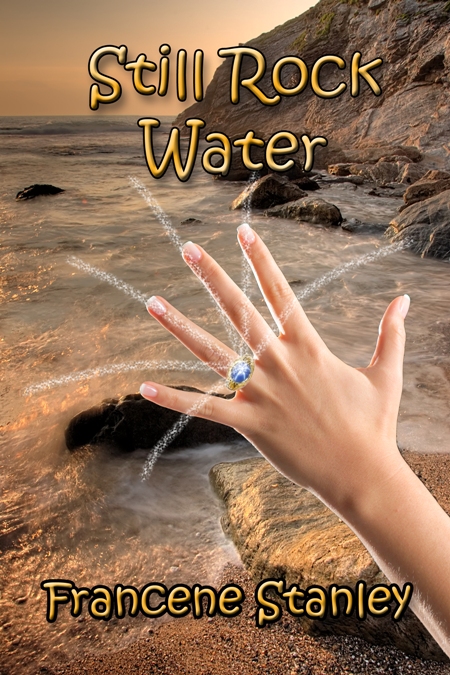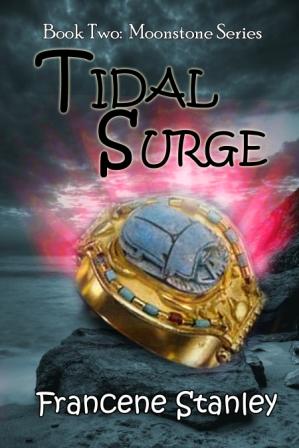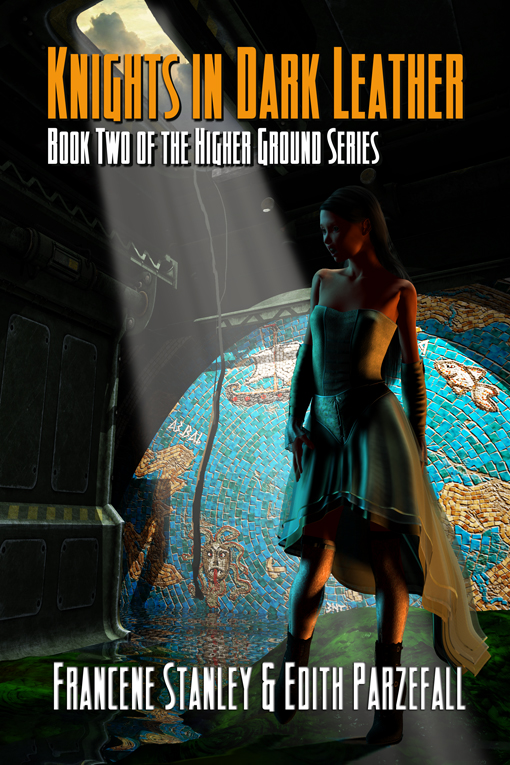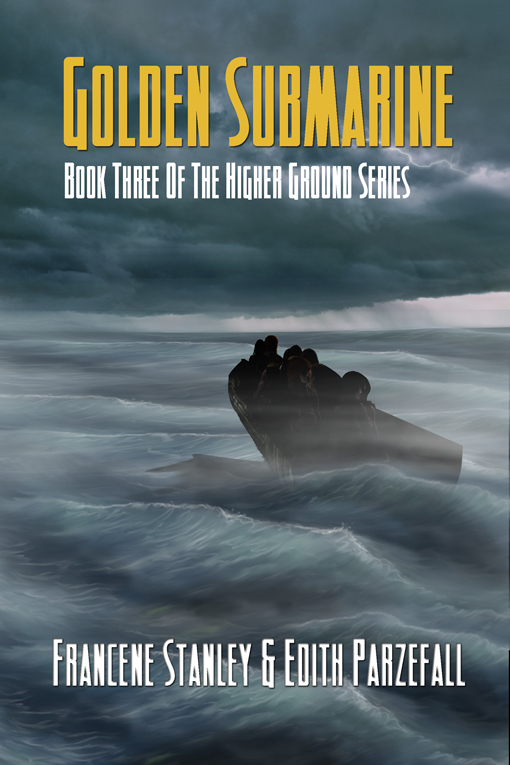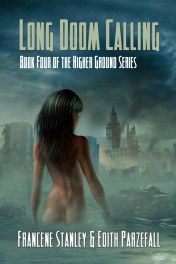A psychiatric assessment found that he was mentally competent to make the decision. He knew how the dementia was likely to develop. He did not want to endure that process himself and wanted to make certain that his family did not see him suffer. He travelled to the Dignitas facility in Zurich and reportedly made the choice with the support of his family. He received guidance over the telephone from Dr Michael Irwin, a retired GP known as Dr Death for his views on assisted suicide.
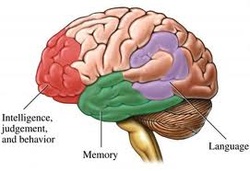 www.topnews.in
www.topnews.in It affects 800,000 people in the UK.
USA Today reports that one in three elderly patients have dementia when they die. Deaths from dementia have increased 68% over ten years. In the USA the numbers affected have risen to 5.2 million.
Dementia is a syndrome (a group of related symptoms) associated with an ongoing decline of the brain and its abilities. This includes problems with:
memory loss
thinking speed
mental agility
language
understanding
judgment
 www.freeimages.co.uk
www.freeimages.co.uk As dementia affects a person's mental abilities, they may find planning and maintaining their independence difficult. A person with dementia will therefore usually need help from friends or relatives, including help with decision making. An early diagnosis can help people with dementia get the right treatment and support, and prepare those close to them with planning for the future. With treatment and support, many people are able to lead active, fulfilled lives.
To keep dementia at bay: Regular exercise (in those without disability), chewing--bite into an apple, vitamin B & C, and regular drinking of green tea.
Causes: Too much junk food, too much (or lack of) sleep, and prolonged stress.
In my very last job before retirement, I worked in the kitchen of Sunrise Assisted Living in Elstree, UK. I wheeled dementia patients' meals onto a lift to the top floor. Some of the residents were extremely clever. They would hurry into the lift for my return trip. Of course, I wouldn't punch in the security numbers. Instead, I'd take them back to a carer. The one saving grace for the patients was that they seemed unaware of their condition.
Opinions differ about euthanasia. I think a person should have the right to choose an early death as long as their family agrees. Medicine prolongs our life anyway, knocking aside the argument about God's intention about the length of our life. I would have died at the age of 19 with toxemia before the birth of my first child. Despite worries about dementia affecting me in the future, I feel assured of a continuing purpose right now.
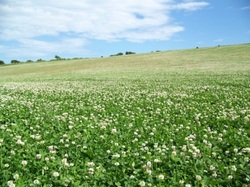
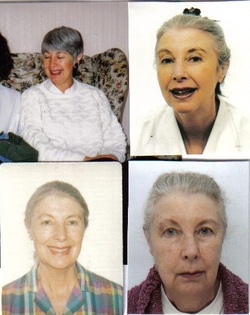

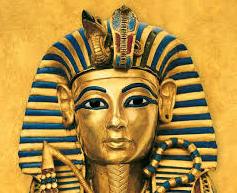






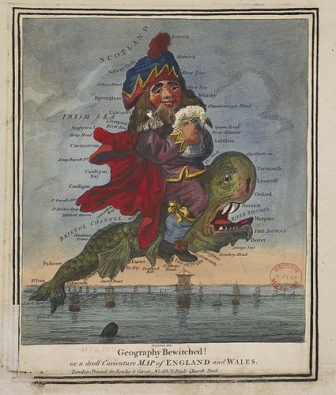
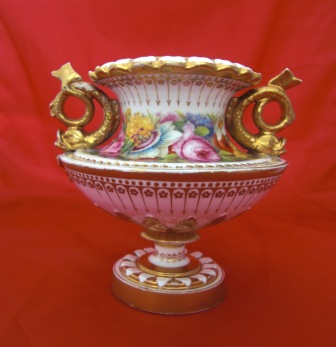

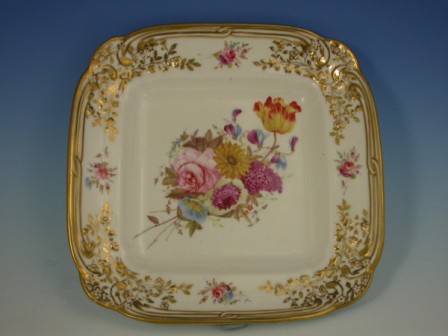
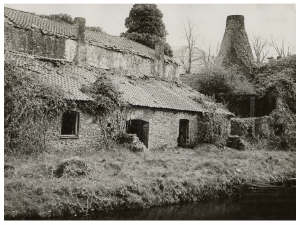

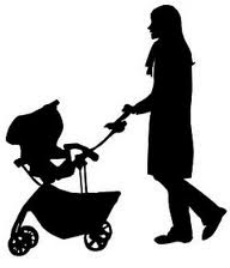








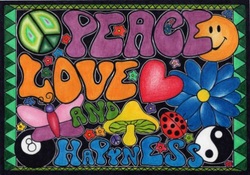
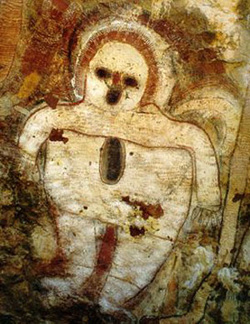
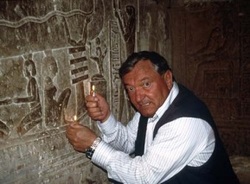

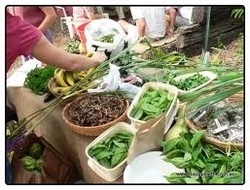
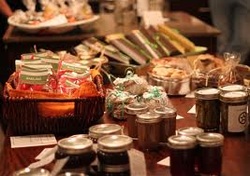

 RSS Feed
RSS Feed
